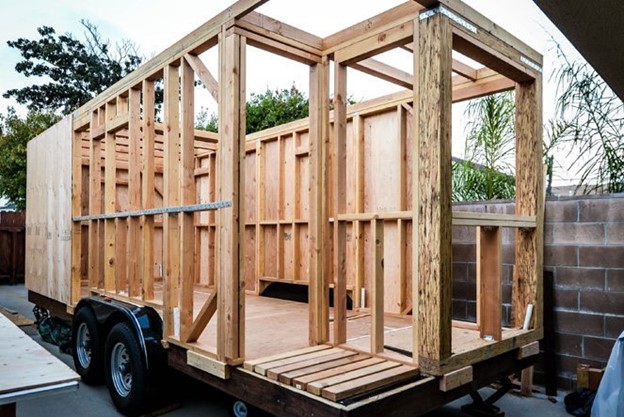Those who are new to web design will find a plethora of information is available to them online. It can be hard to navigate all of this content and figure out which matters and which is self-promoting fluff.
This article from famous IM tutorials blog HowDoDesign.com, brings you the basics you need to know, one by one, so you can easily digest them and turn them into a winning web design strategy.
The color palette your website uses will make it awesome or totally overwhelm it. Try to stick to three colors plus black, white and gray.
That will ensure that you have a main color to use, a complimentary color and then a contrasting color to be used on anything which is clickable, like links or buttons. Any more than that and you may end up causing your readers headaches, and they won’t come back if that is the case.
You don’t need to use a huge variety of fonts or typefaces on your site. In fact, sticking to “serif” and “sans serif” is probably your best bet. It has been shown that serif fonts are the most readable, so use them for your main content and small text.
Use sans serif for headings and graphics with larger text. As long as you stick to the basics, your site will appear the same in all browsers and on all devices. It will be easy to read and your readers will appreciate that you didn’t go overboard with your design.
When creating navigation menus, don’t go beyond seven options. Anything more than that and you will confuse people as our short term memories can only hold seven items at a time. If you need to link to more pages, use sub menus or even drop-down menus.
People will understand which headings to choose and will easily find what they are looking for. If you use text links, then even search engine spiders will easily be able to navigate your website.
Leave some whitespace around your text so that the focus is on the text, not a complicated website. The more cluttered your site is, the harder it will be to pick out what the content is which the reader has come for. You want to make it easy for them to get the answers they seek, so space out your site so that it is peaceful and calm.
As you get ready to create your website, create a list of all the things you it to offer. Then, put them in order of priority. For example, you want to get your store up first, then create a mailing list and social media accounts. If you can tackle each job one by one, you can get them all done right.
Now that you know the absolute basics, keep reading articles on the topic. You will find that this knowledge helps you figure out quickly which are worth reading and which you should skip. This will ensure that you can become a great web designer in a short amount of time.








